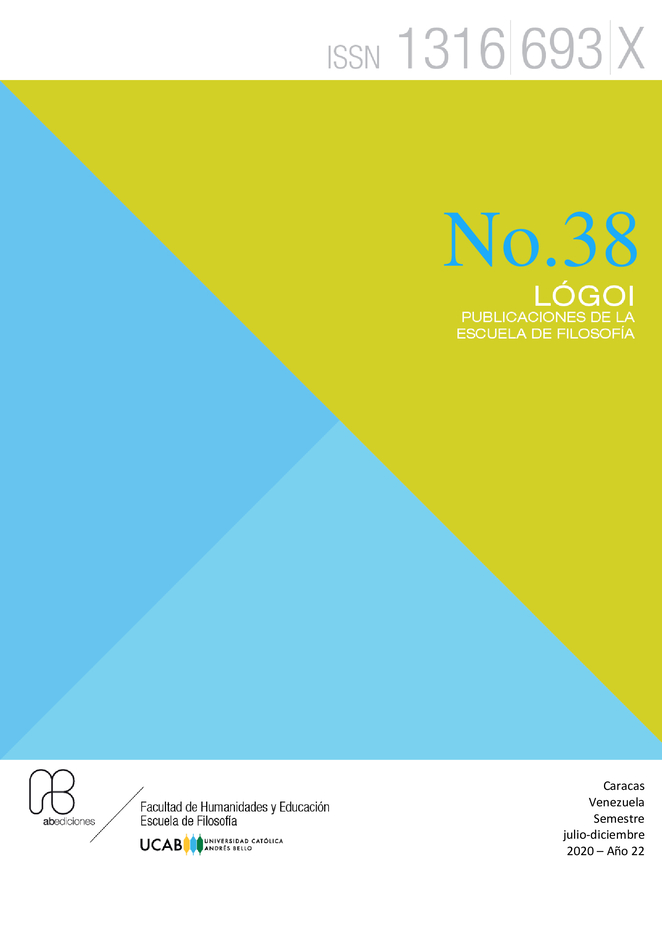The Slippery Slope: a warning call on a real problem
DOI:
https://doi.org/10.62876/lr.vi038.4630Keywords:
Slippery slope, bioethics, arguments, soritesAbstract
The purpose of this work is to discuss the slippery slope argument that is used as an instrument of dialogue in bioethics to support and justify certain behaviors that, if carried out, have an irreversible effect. The causal relationship of this argument is not similar to that of the physical world, and with an acceptable degree of uncertainty, the links between the elements would be indisputable and unable to stop the final stage. With this variable strength ratio, you are trying to convince yourself of the risks involved in doing something that is so objectionable that it will end in a disastrous result. By not being able to do experiments, the inductive argument loses part of its force and the analogy will acquire more argumentative force.
Downloads
References
Burnyeat, M. F.: “Gods and Heaps”, en Schofield, M. y Nussbaum, M.: Language and Logos, Cambridge, Cambridge University press 1982, pp. 315-338.
Eemeren, F H. van y Grootendorst, R.: Argumentación, comunicación y falacias. Una perspectiva pragmadialéctica. Celso López y Ana Vicuña, Santiago de Chile, Ediciones Universidad Católica de Chile, 2002, pp 177-186
López de La Vieja, M. T.: La pendiente resbaladiza: la práctica de la argumentación moral, Madrid y México DF, Plaza y Valdéz, 2010, p. 288
Morado, R.: “Problemas filosóficos de la lógica no monotónica”, en Orayen R. y Moretti A., Filosofía de la lógica, Enciclopedia Iberoamericana de Filosofía, Madrid, Trotta, 2004, p. 317.
Walton, D.: Slippery Slope Arguments, Oxford, Clarendon Library of Logic and Philosophy, 1992, p. 312.
Yoris-Villasana, C.: “Fuerza Argumentativa como criterio comparativo”. Quadripartita Ratio: Revista de Retórica y Argumentación. Departamento de Filosofía de la Universidad de Guadalajara. Número 2, pp. 37-45, Septiembre 2016. Accesible en http://www.quadripartitaratio.cucsh.udg.mx/index.php/QR/article/view/54/352 (Consulta 22-04-2020)
Published
How to Cite
Issue
Section
License
Copyright (c) 2022 Array

This work is licensed under a Creative Commons Attribution-NonCommercial-ShareAlike 4.0 International License.










.png)












